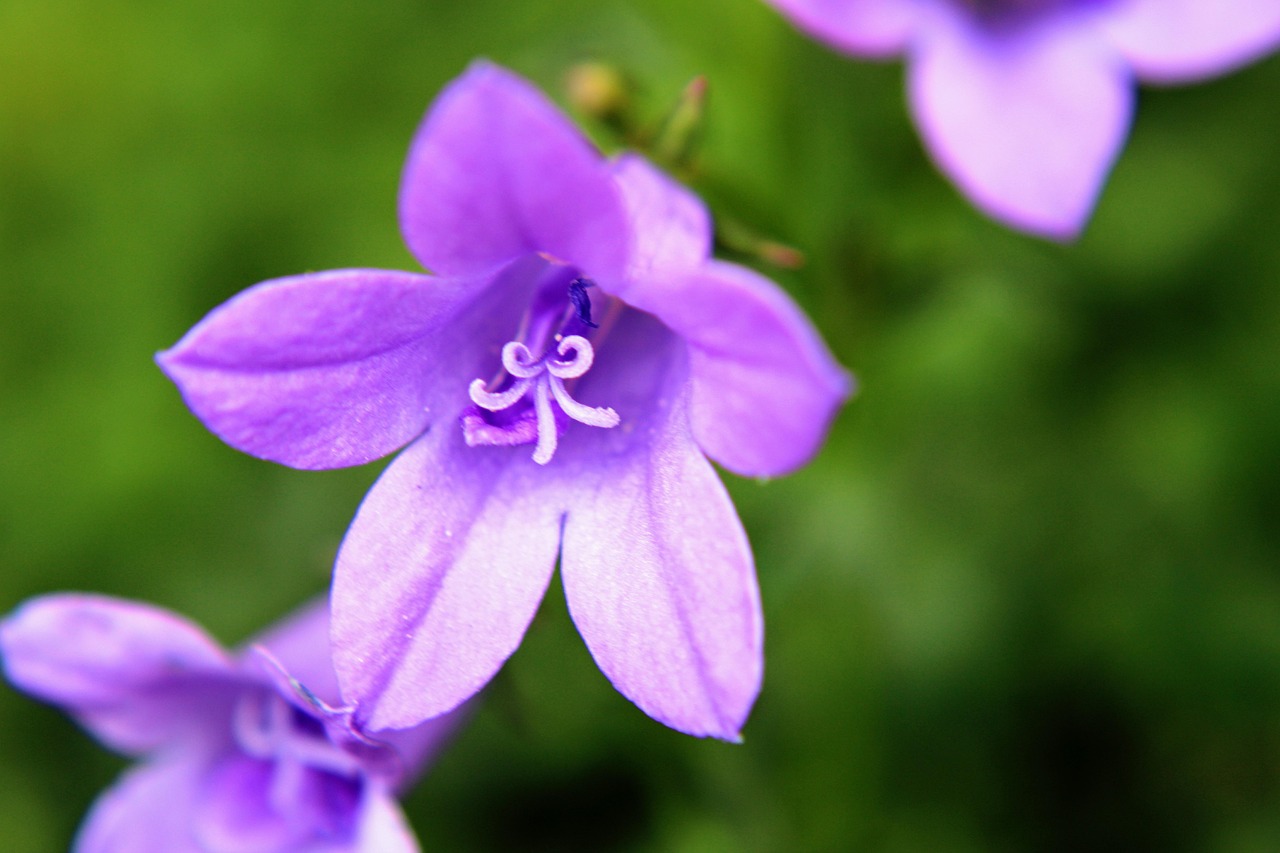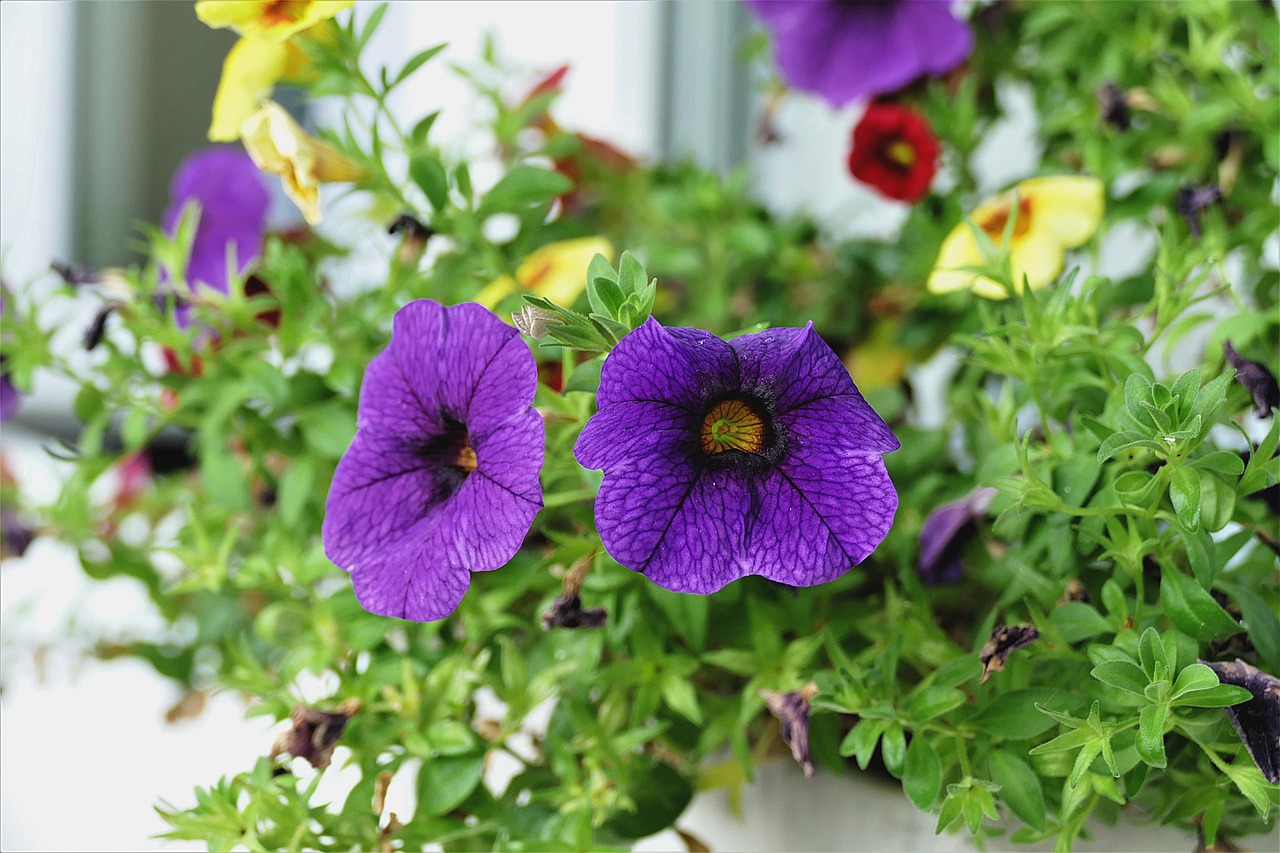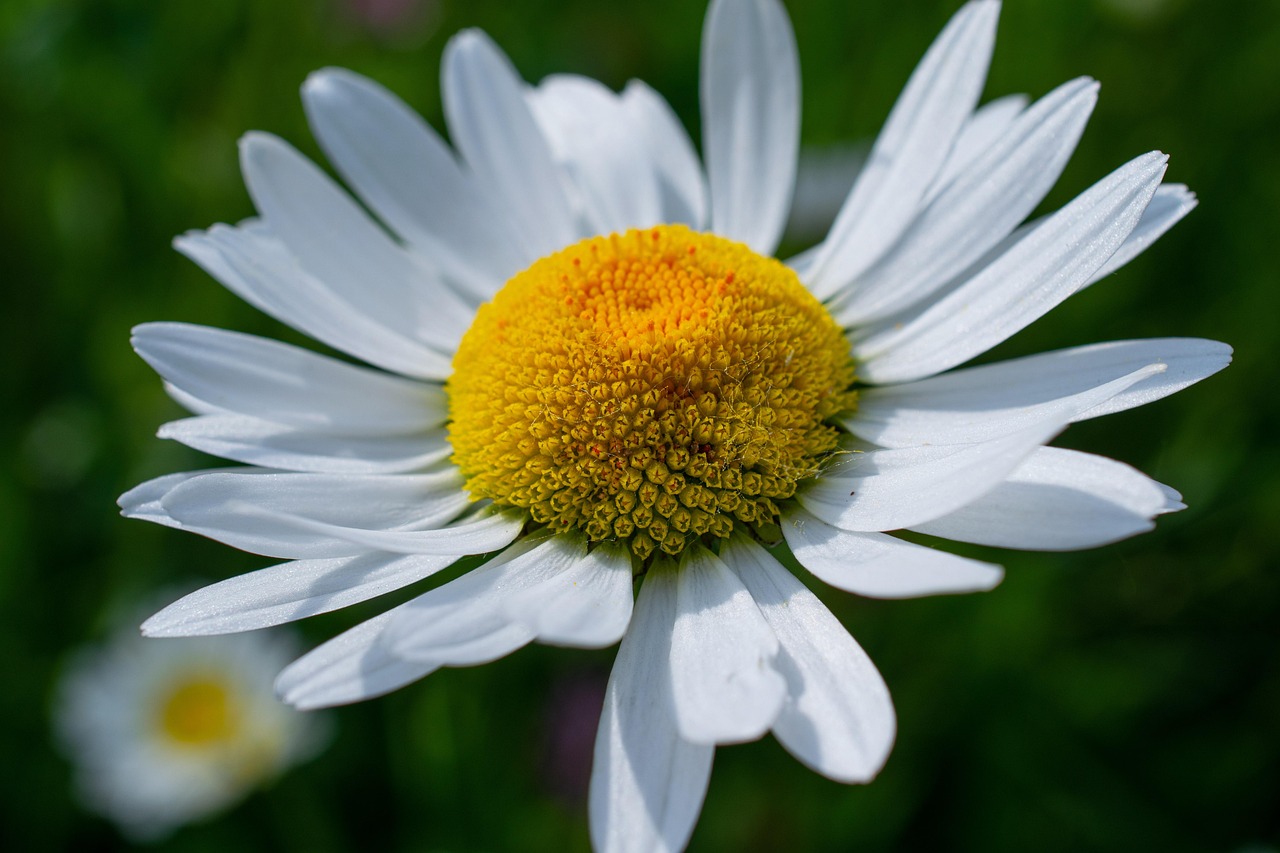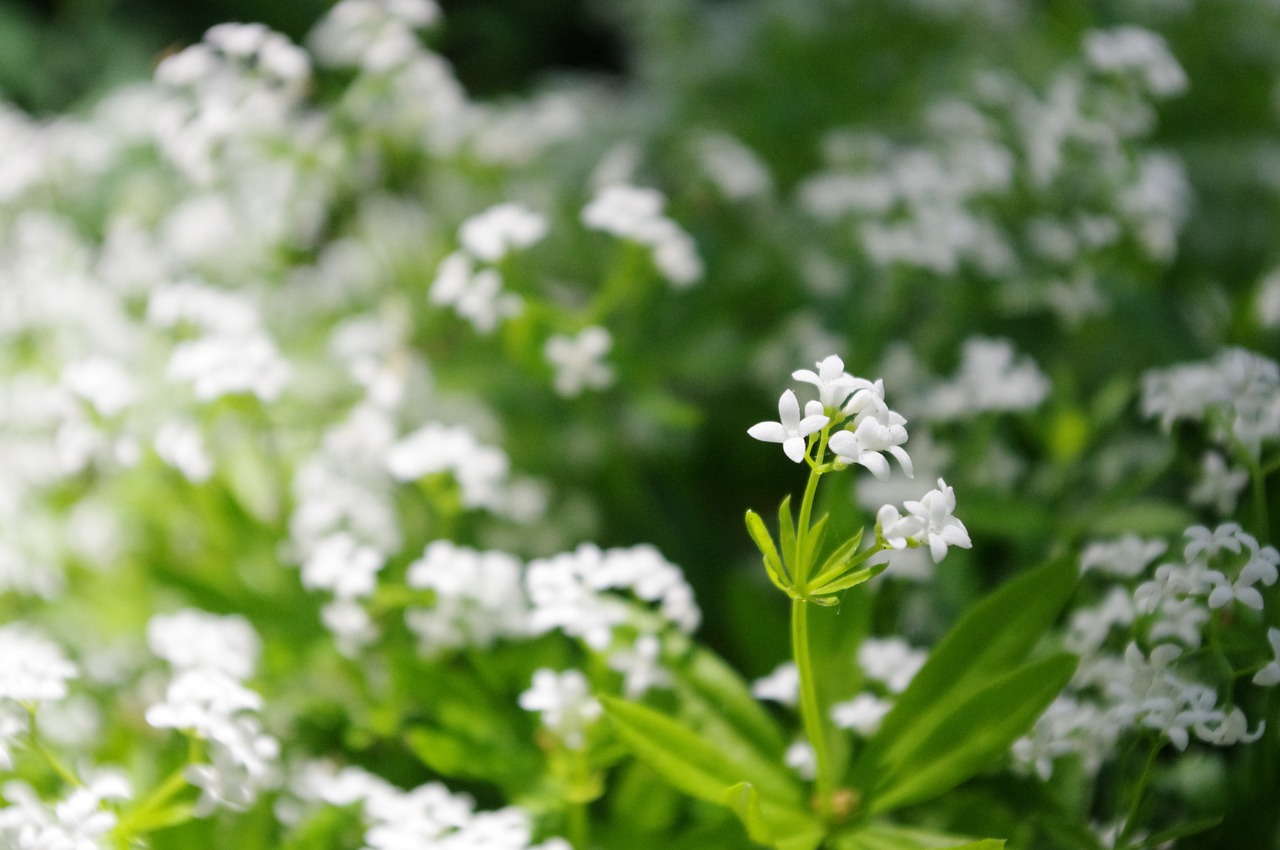Meconopsis | A Fantastical Blue Flower Reflecting the Sky of the Himalayas
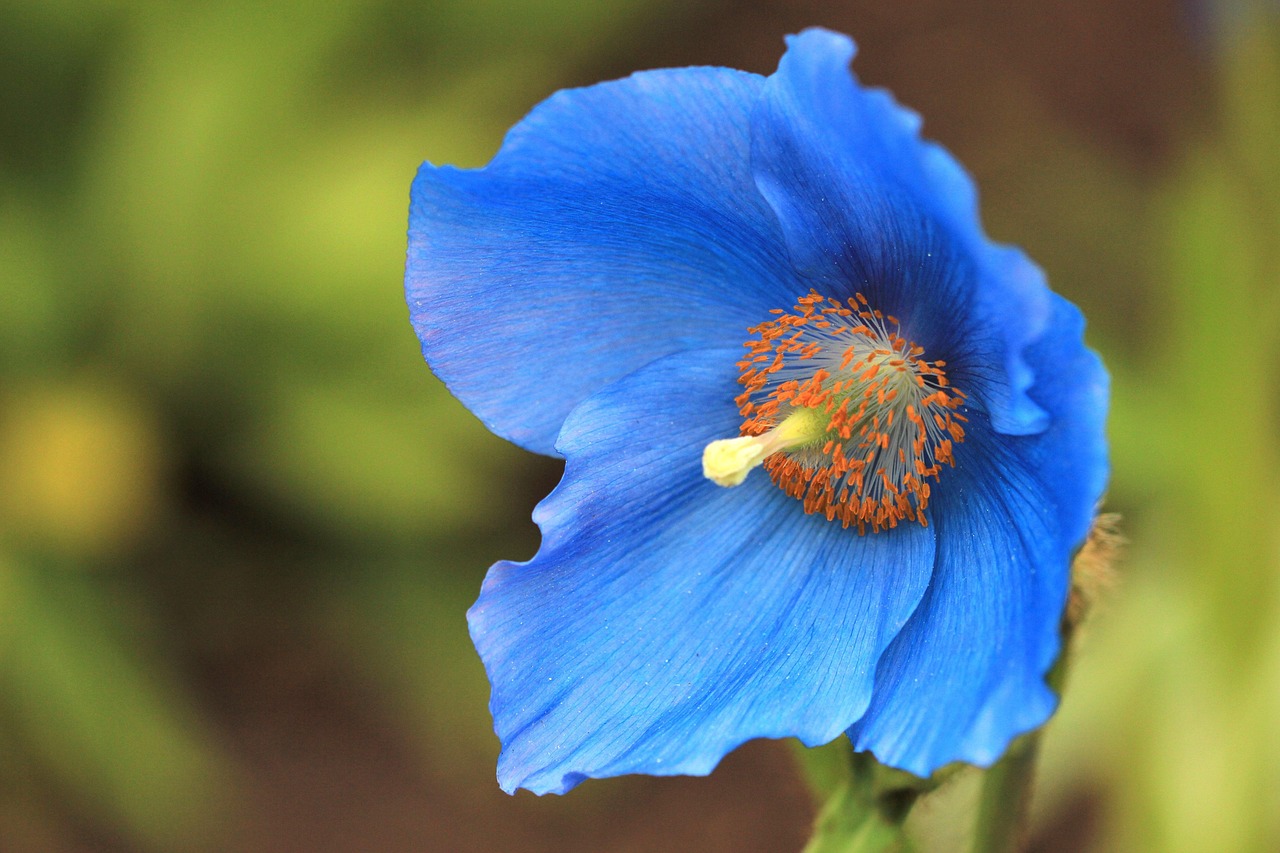
I introduce Meconopsis, a plant renowned for its enchanting blue blossoms.
It thrives in cool, high-altitude regions and requires delicate care in cultivation. Despite these challenges, its beauty has earned it high regard among gardening enthusiasts.
In this article, I will provide detailed information about Meconopsis, including its basic characteristics, cultural and historical background, and cultivation methods.
Basic Information
- Scientific name: Meconopsis spp.
- Family: Papaveraceae (Poppy family)
- Origin: The Himalayas, Tibet, and other high-altitude regions of Asia
- Appearance: Large, delicate petals with a vivid blue color are its defining feature. While yellow and red varieties exist, the blue-flowered species is especially popular. The leaves are covered with fine hairs and spread out in a rosette shape.
- Blooming season: Spring to early summer, adapted to the cool climate of alpine zones.
Cultural Significance Around the World
Meconopsis, often called the “Blue Poppy of the Himalayas,” is admired for its mystical charm.
In the Himalayan region, this flower, blooming in high-altitude areas, has long been regarded as a spiritual symbol and holds special meaning for pilgrims.
In Tibetan Buddhism, its ability to bloom despite harsh environments is seen as a metaphor for spiritual discipline.
In Europe, Meconopsis was introduced in the 19th century and quickly drew fascination for its rarity and vivid blue color.
In the United Kingdom, the Royal Horticultural Society (RHS) helped popularize it as a cultivated garden plant, and it remains beloved in British gardens today.
In China as well, Meconopsis is highly valued as an ornamental flower and is cultivated in high-altitude gardens and botanical collections.
Historical Episodes
Meconopsis was first introduced to the West by explorers in the 19th century.
The British botanist Francis Kingdon-Ward discovered it during his expeditions in the 1920s and conveyed its beauty to Europe.
According to his records, the sight of Meconopsis blooming in clusters in the Himalayas was breathtaking.
This discovery inspired attempts to cultivate it in the United Kingdom. Although reproducing its native alpine environment proved difficult, horticulturists gradually developed varieties better suited to temperate climates.
Today, Meconopsis can be grown in cooler regions such as Scotland and Northern Europe, where its brilliant blue flowers continue to enchant people.
Gardening Advice
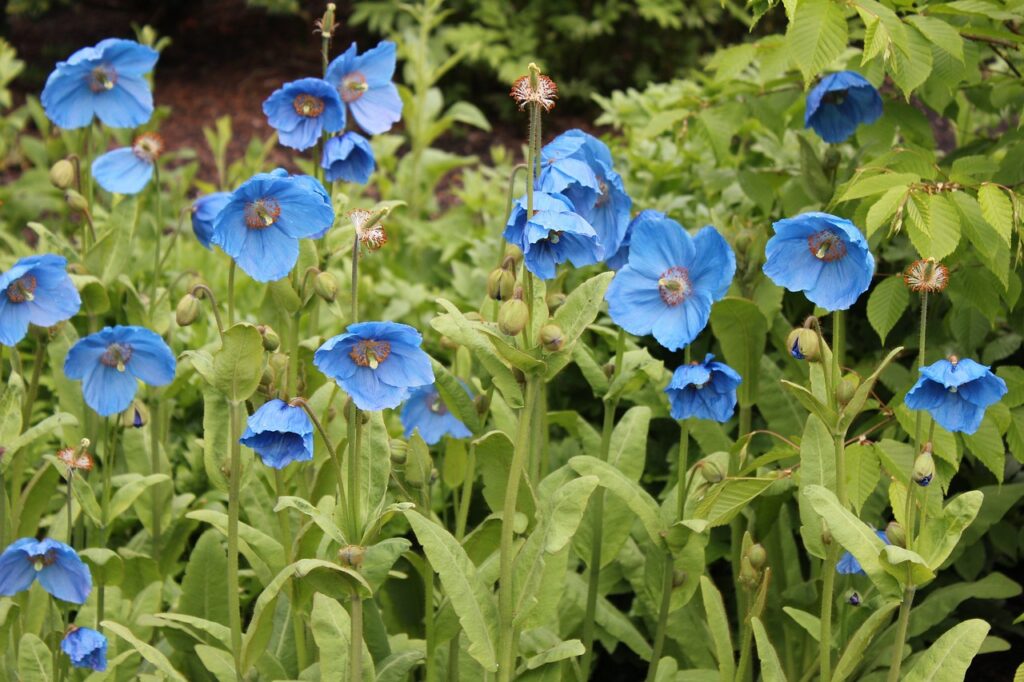
Cultivating Meconopsis requires a cool climate and attentive care. Keep the following points in mind:
Sunlight
Prefers partial shade. Avoid direct sunlight; dappled light under trees is ideal.
Watering
Keep the soil consistently moist without waterlogging. Pay particular attention during the growing season.
Soil
Needs well-drained, humus-rich, moist soil. It prefers acidic soil; mixing peat moss is recommended.
Fertilizer
Apply diluted liquid fertilizer once or twice a month from spring through summer.
Cold tolerance
Adapted to cool environments but requires frost protection in severe winters. In warmer regions, managing summer heat is crucial.
Care
As a perennial, careful management after sowing is essential. Because germination rates are low, attentive care is required.
Conclusion
Meconopsis, known as the “Blue Poppy of the Himalayas,” blooms in alpine regions and captivates people worldwide with its beauty.
Although it requires careful cultivation due to its preference for cool conditions, horticultural advancements since the 19th century have allowed it to be enjoyed in various gardens, especially in cooler regions.
By providing partial shade and consistent moisture, it is possible to enjoy the magical sight of this rare blue flower.


